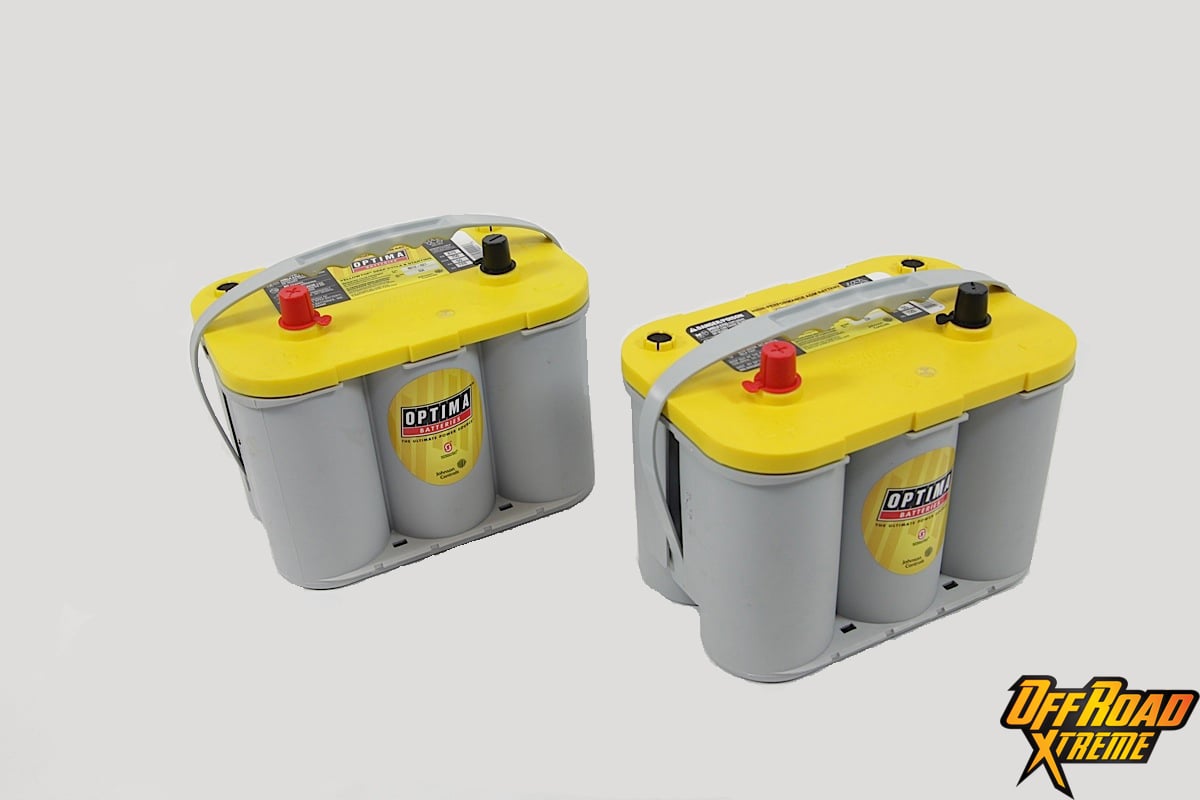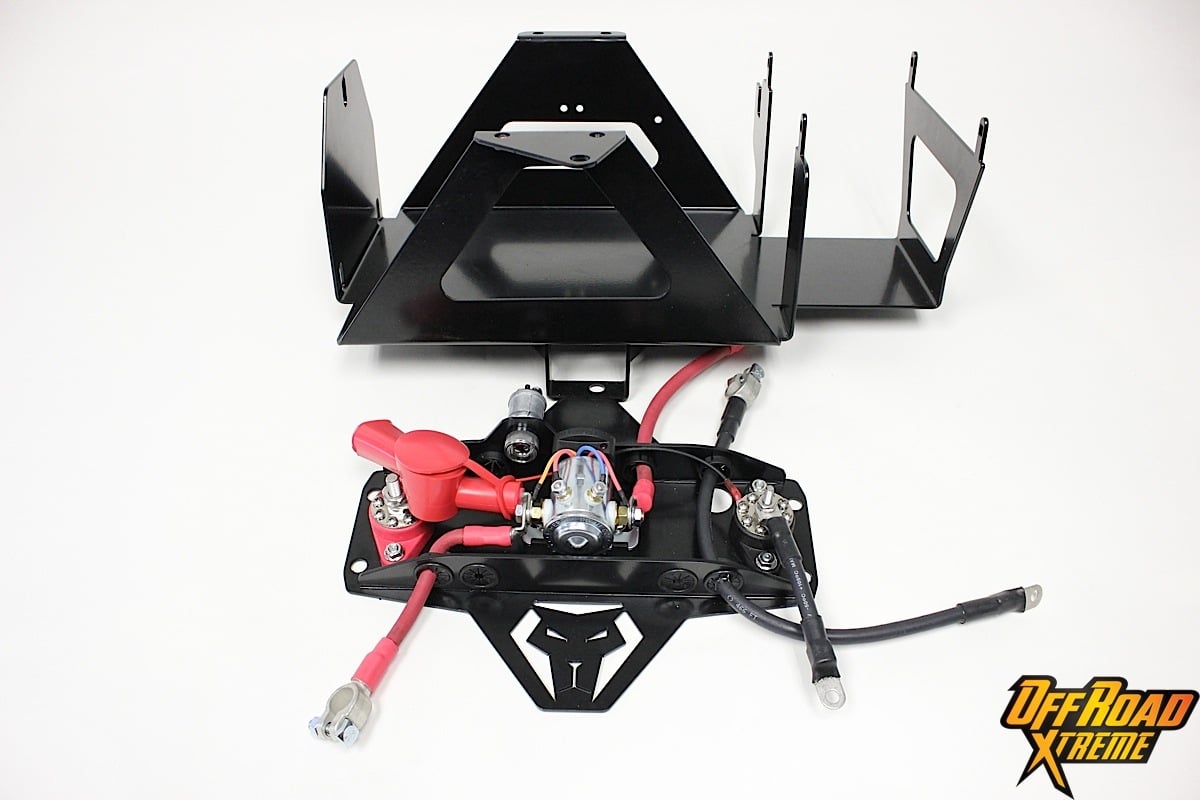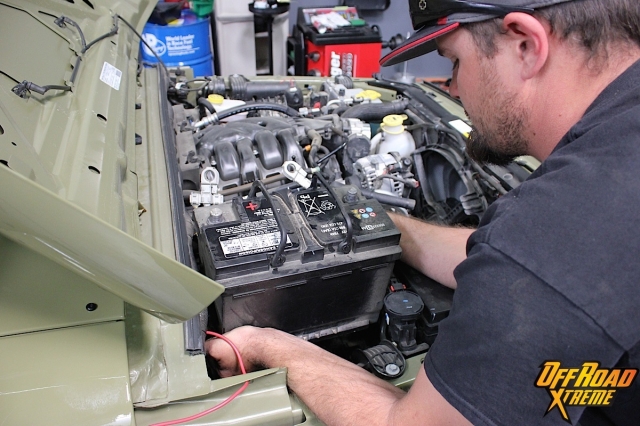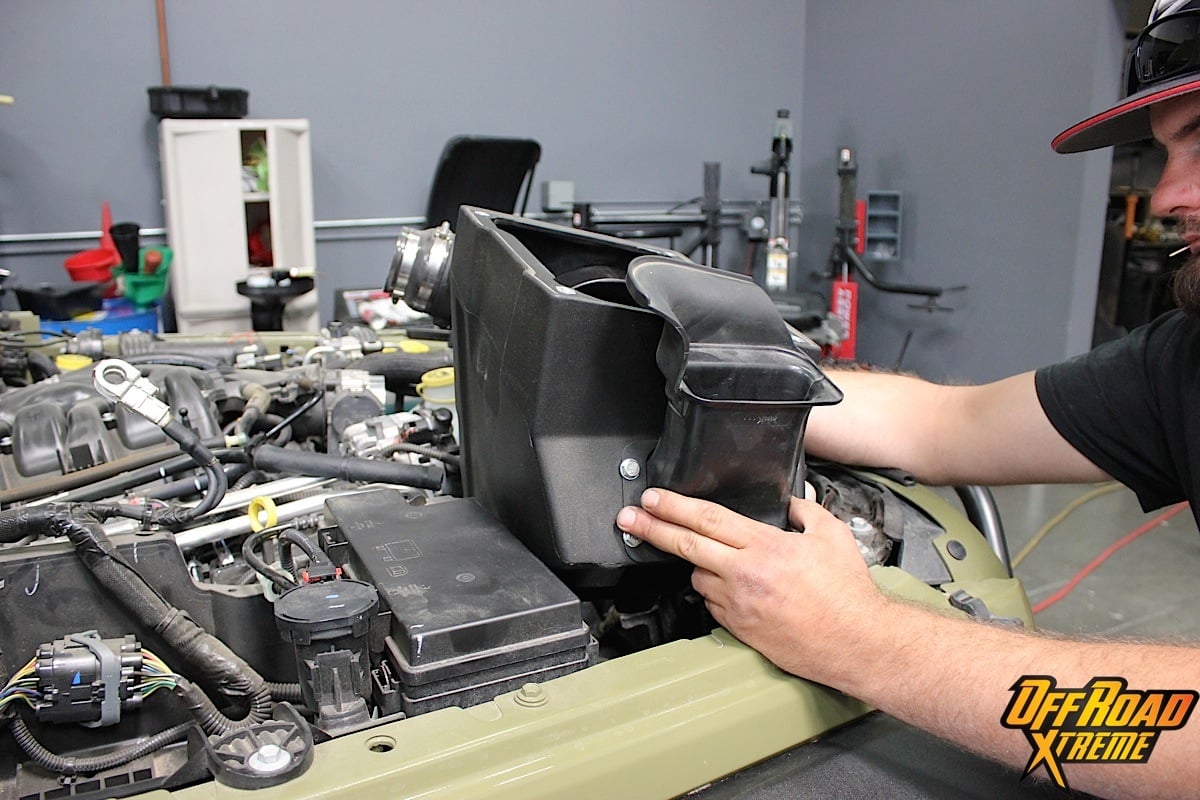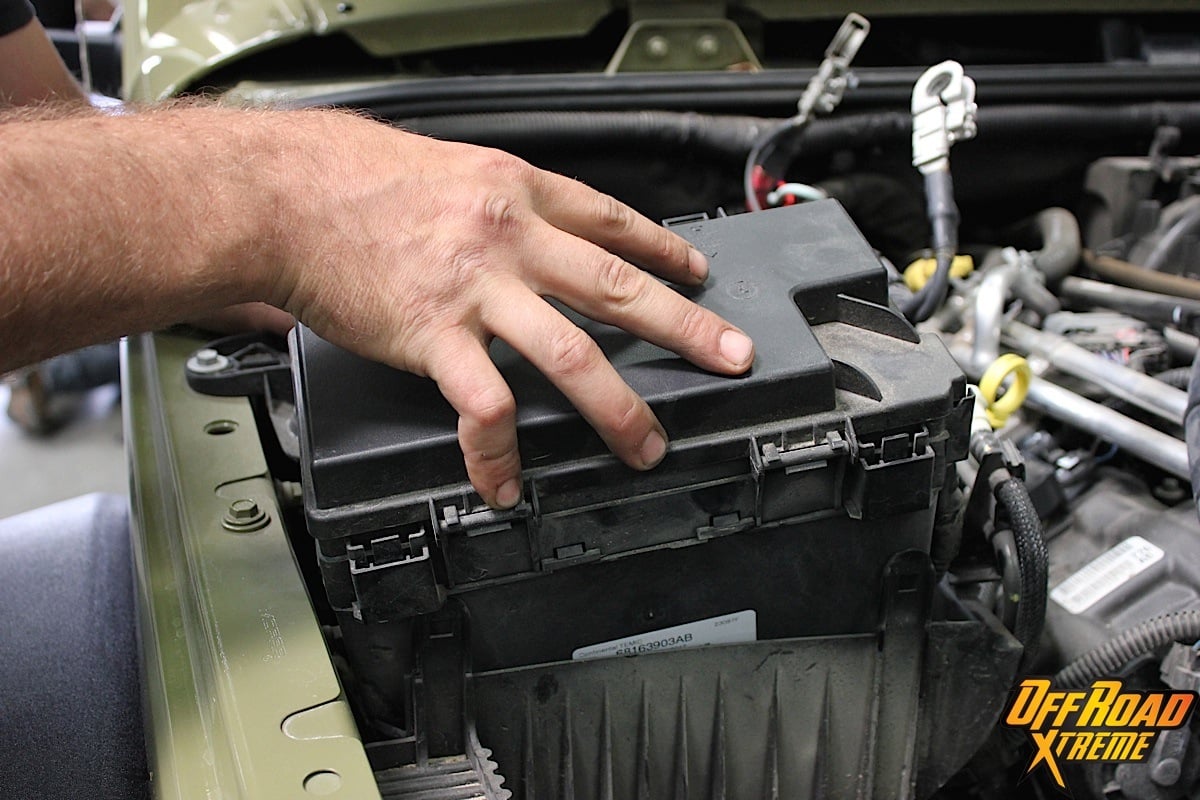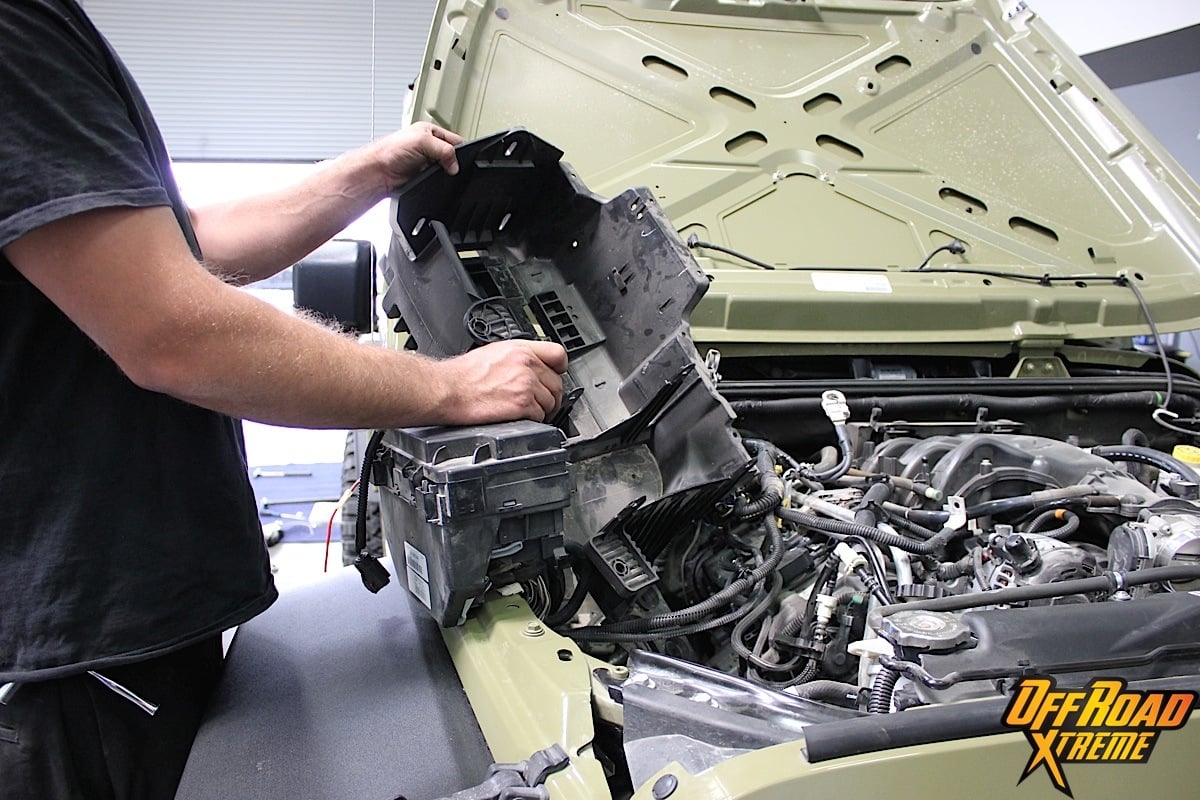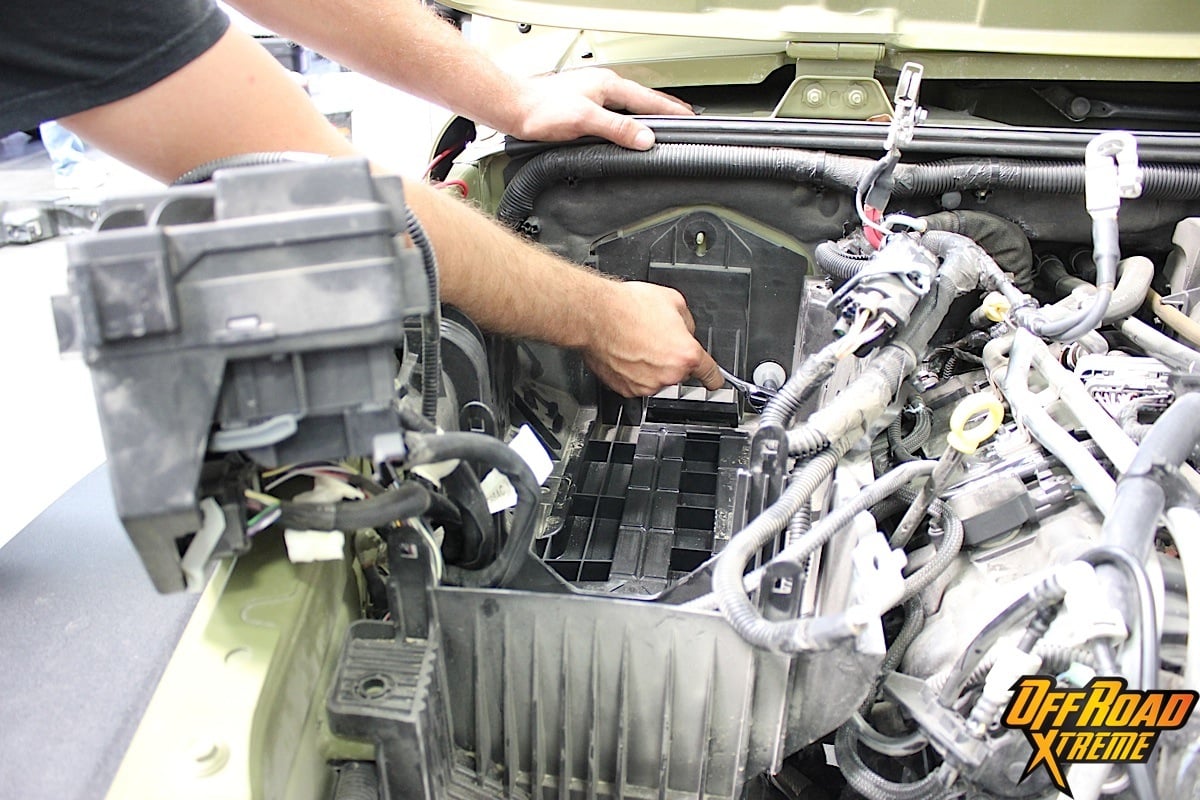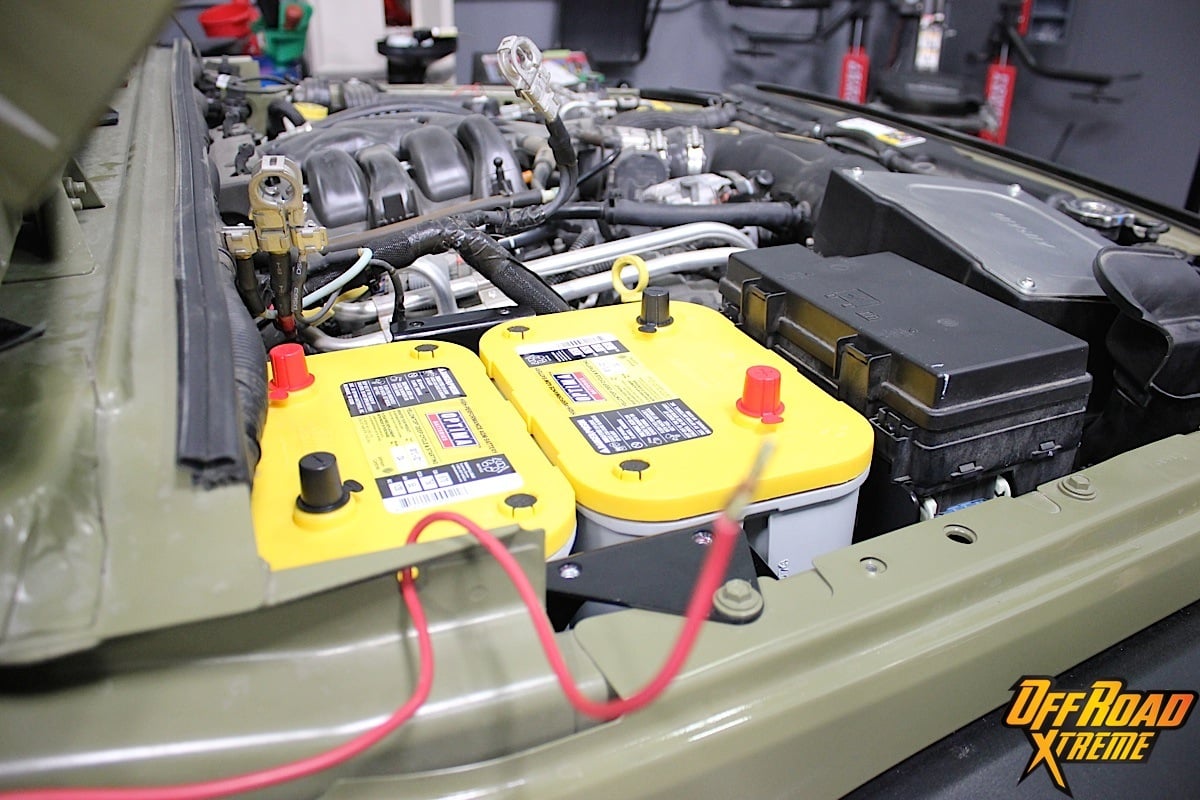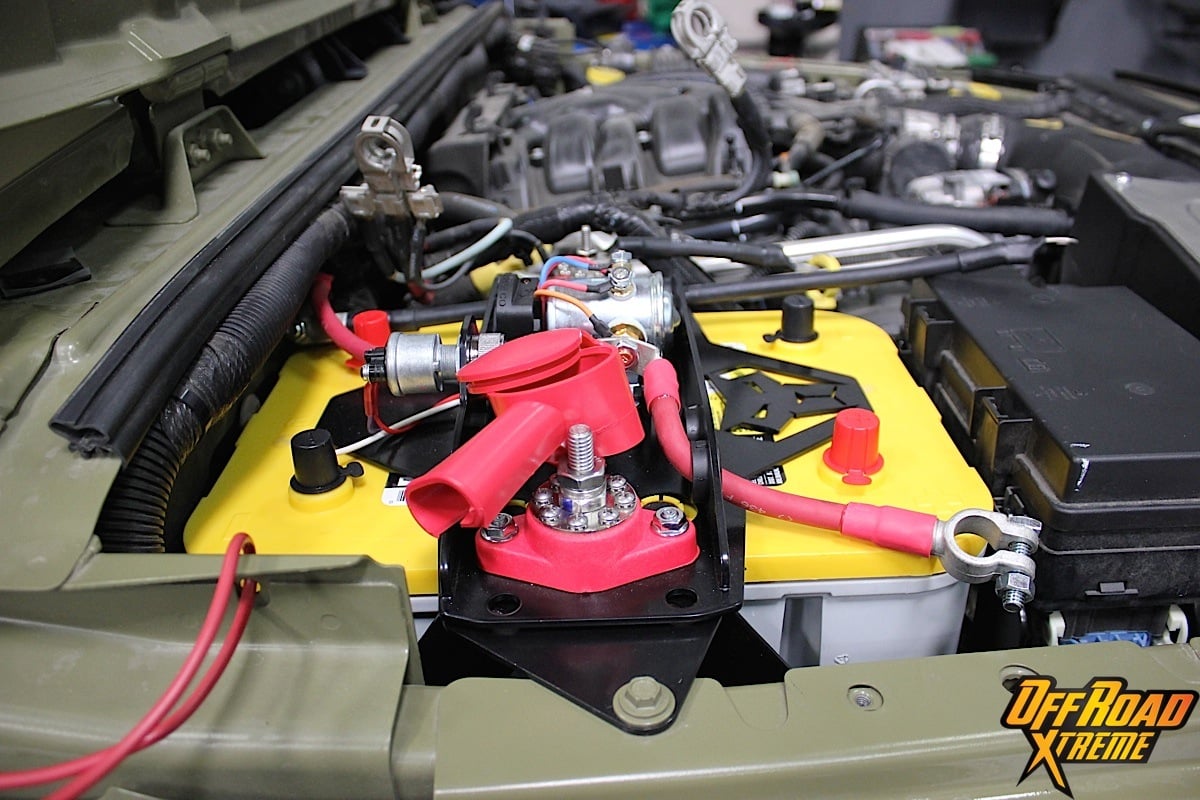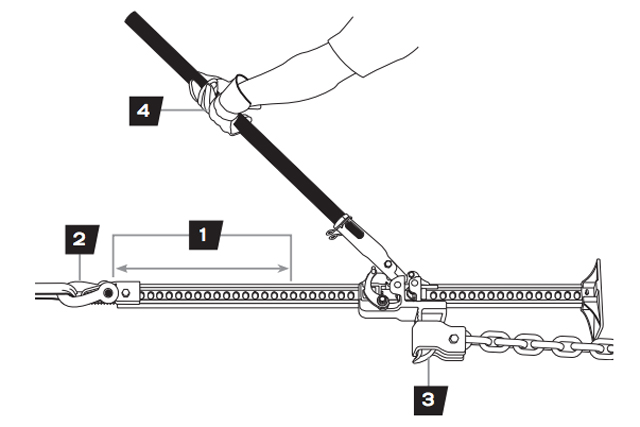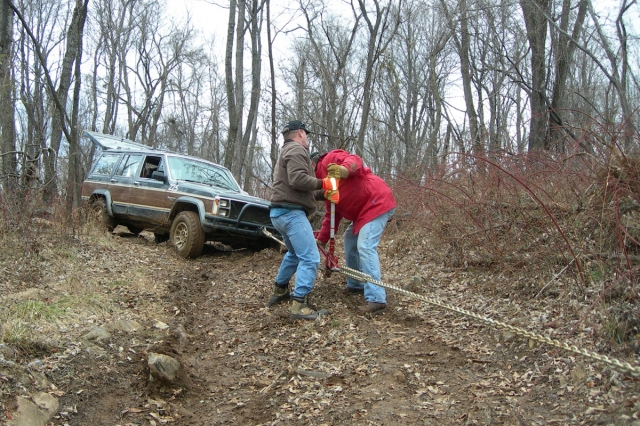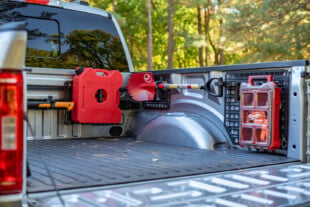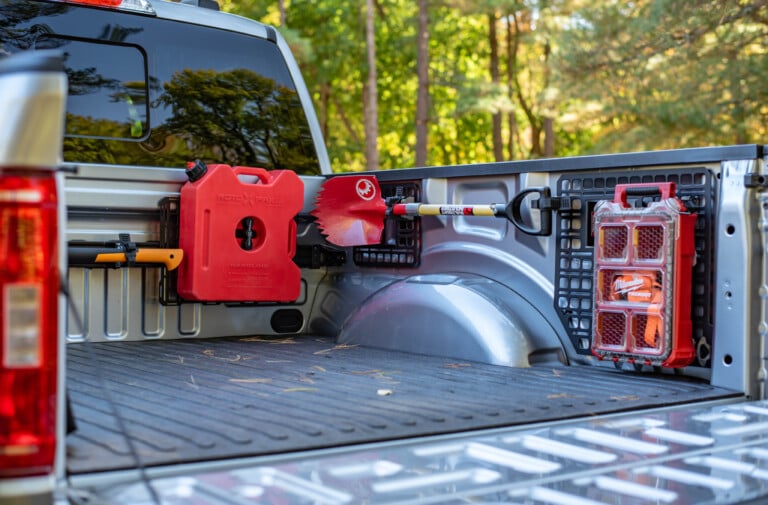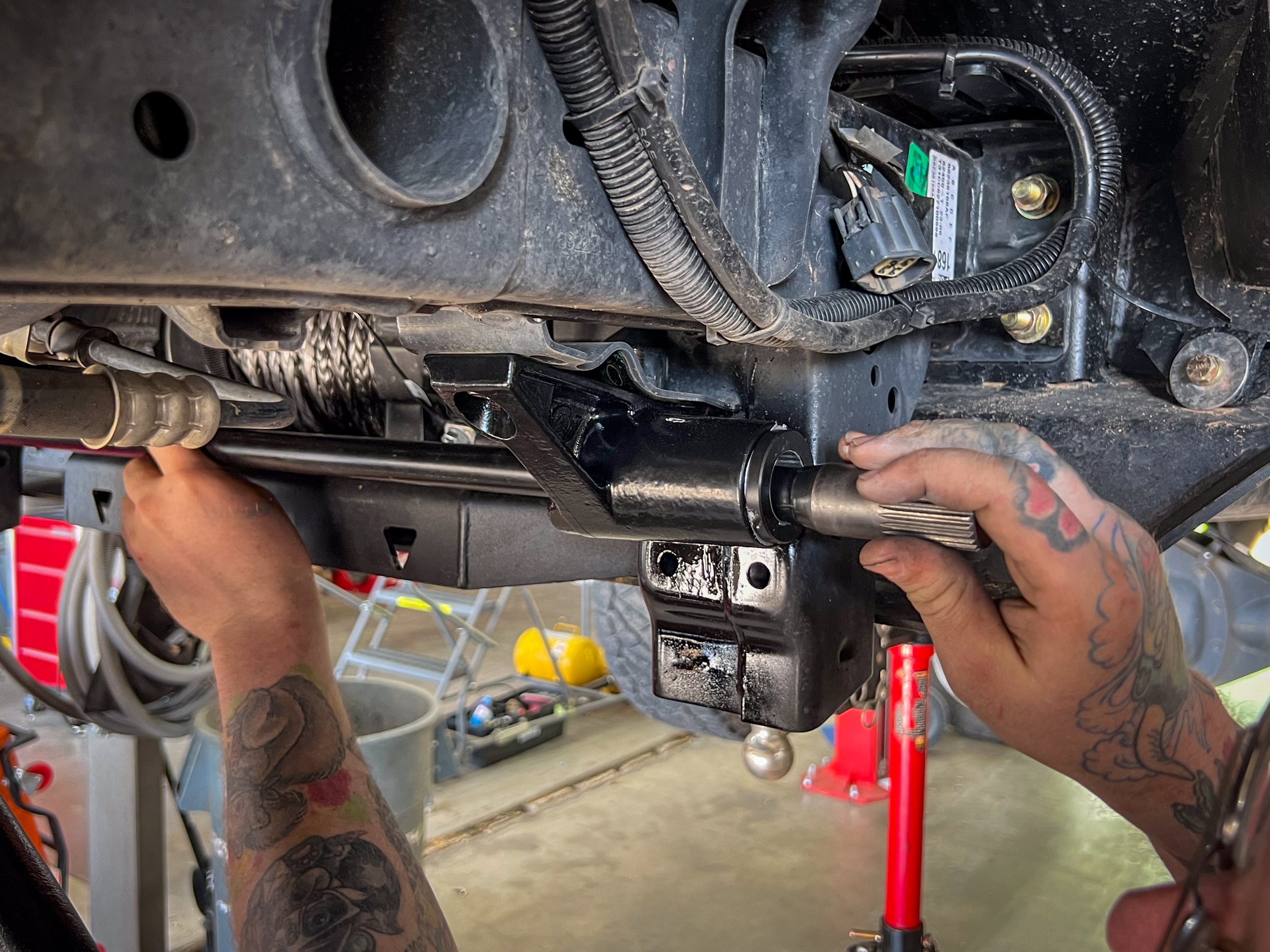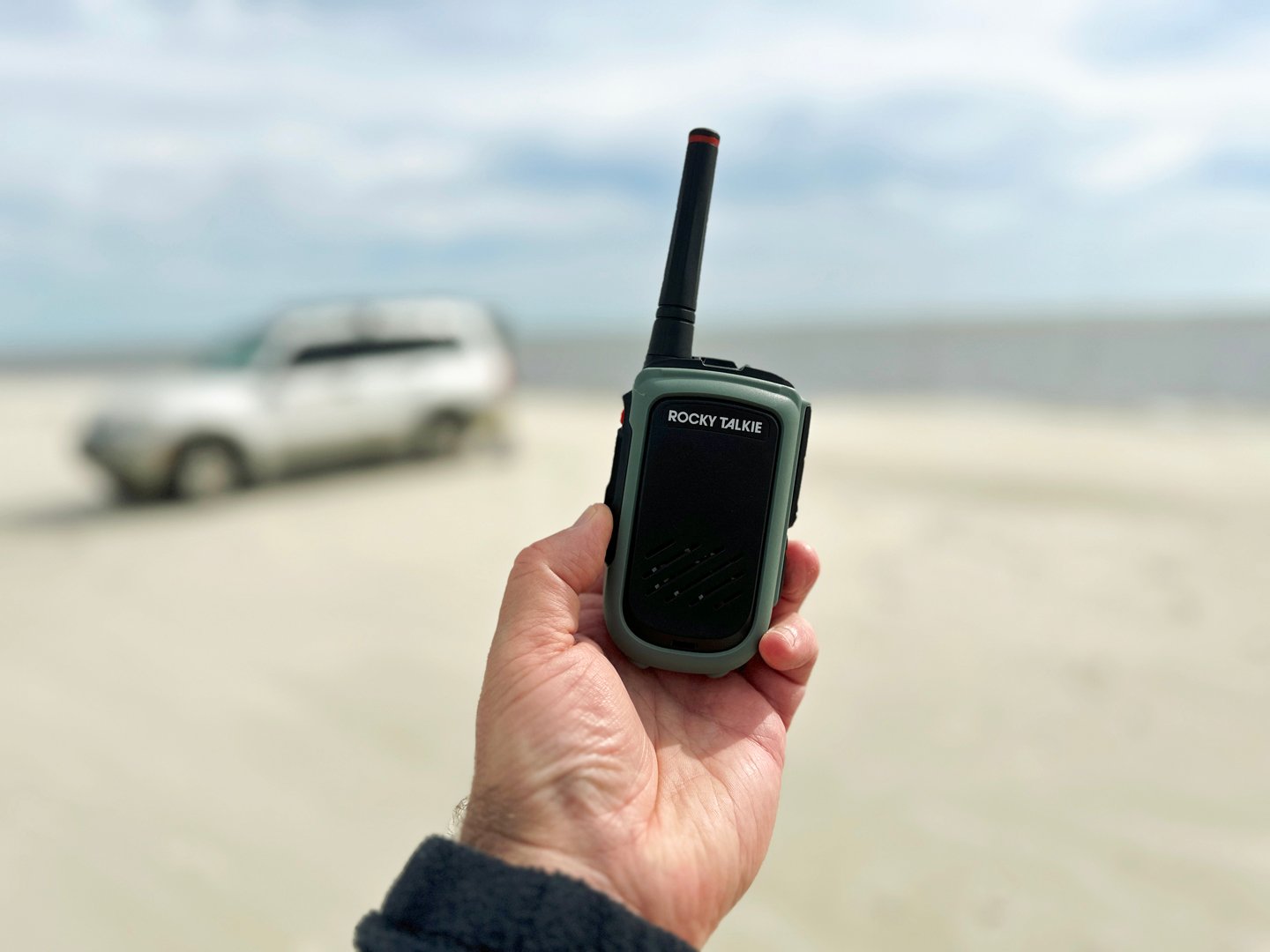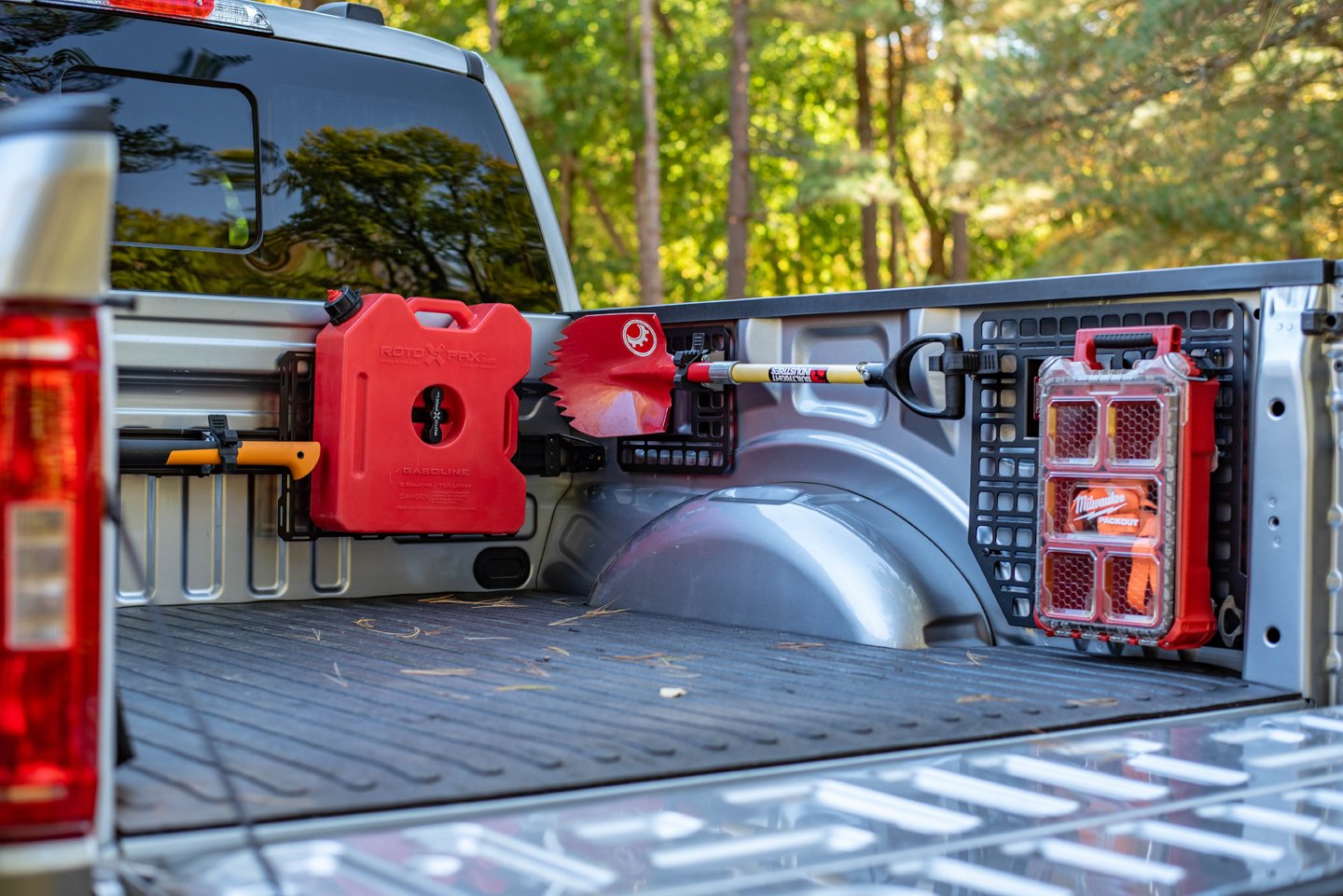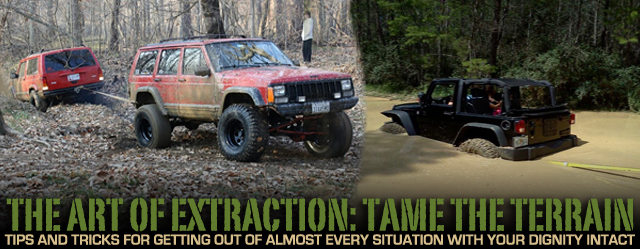 Fun fact: 29.2 percent of Earth is land mass. That’s including the forbidding mountains of the Himalayas, the endless sands of the Sahara, the mystical jungles of South America, and the frozen chunk of nothingness that is Antarctica. In sum, that’s about 57,500,000 square miles of terrain.
Fun fact: 29.2 percent of Earth is land mass. That’s including the forbidding mountains of the Himalayas, the endless sands of the Sahara, the mystical jungles of South America, and the frozen chunk of nothingness that is Antarctica. In sum, that’s about 57,500,000 square miles of terrain.
When you think about it, such a massive expanse is quite a lot to explore. It’s also a lot of places to get stuck and wish you had never set foot on that journey of a thousand miles, Chinese proverbs be damned. However, at Off Road Xtreme, we are not content to see you, your friends, or yes, even your in-laws get left behind to hunt squirrels and drink wiper fluid waiting for the rescue team.
We aim to bring you practical advice on the art of extraction in several environments and scenarios–mud, sand, high-centering, and the like. A good portion of these kinds of mistakes can be avoided by airing down the tires for terrain such as sand, choosing good lines on the trail, or just plain good judgement when it comes to mud that’s far too deep for your vehicle. Let’s face it though: Sooner or later, you or someone you know will end up with the wheels spinning helplessly.
Winches, tow hooks, recovery straps and more will be on the menu tonight, and we’ll be featuring a special friend whom you may all know, and possibly love:
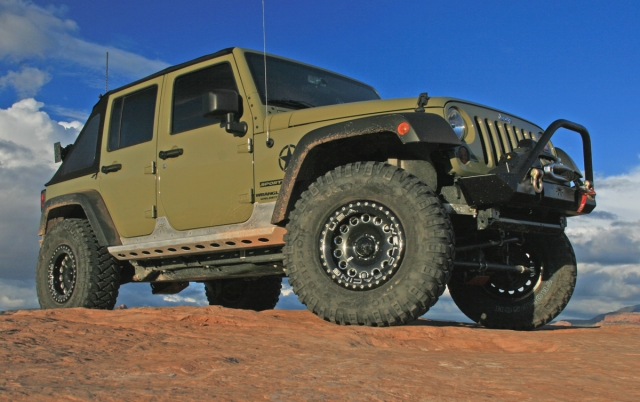 Project Sgt. Rocker, our favorite Commando Green Jeep Wrangler JKU, went through a number of upgrades over the past few months. He’s risen quickly through the ranks to reach where he is today, and he’ll be here to help showcase a few select items from companies like WARN, ARB, Bubba Rope, Genesis Offroad, Optima Battery, and Hi-Lift to better explain the tools of the recovery trade.
Project Sgt. Rocker, our favorite Commando Green Jeep Wrangler JKU, went through a number of upgrades over the past few months. He’s risen quickly through the ranks to reach where he is today, and he’ll be here to help showcase a few select items from companies like WARN, ARB, Bubba Rope, Genesis Offroad, Optima Battery, and Hi-Lift to better explain the tools of the recovery trade.
First Things First
Some of the tools we will be discussing for recovery purposes require that you not only know how to use them, but also how to have them properly installed in the first place. Project Sgt. Rocker should serve as a fine specimen for this, as his modifications for rock crawling have given him a slew of recovery tools used by much of the off-roading community.
Optima's Yellow Top batteries and Genesis Offroad's dual battery tray.
On the to-do list was a winch and nylon cable, off-road jack, recovery straps, and extra battery power support. The latter required some underhood changes, which we’ll get into without further ado.
With one of Genesis Offroad‘s unique battery trays (p/n 131-JKDBK), Sgt. Rocker would be able to accommodate a duo of Optima Yellow Top batteries (p/n 8012-021 D34). With pre-wired circuitry, a ground bus bar for multiple electric accessories, and self-jumpstarting capability, the tray was a must-have on the trail.
“Winches will drain an enormous amount of power, especially out of a stock battery,” Genesis Offroad’s Shane Smith said. “With two batteries, especially Yellow Tops that can handle deep-cycle operation, the load is split in half and is therefore a lot more manageable.”
Once we had the battery, its stock tray, and the engine cover removed, we went after the radiator overflow tube and air intake. Once those were off, we removed the crankcase ventilation hose as well as the AIRAID air filter box we had installed previously. The rubber grommets, now exposed, were left in place for later.
Clockwise from top left: the air box was removed; then the fuse box; the three 10mm bolts holding the tray to the firewall come off; out goes the stock battery tray.
Next was the electrical system and power steering reservoir. The evap solenoid and factory fuse/relay box and wiring harness and black connecter were disconnected after a few counter-clockwise twists of the socket wrench and prying with the flathead screwdriver. We hoisted the fuse box up and over the fender, then set aside the power steering reservoir bottle after removing its 10mm bolt.
Following that, the entire stock battery tray was unbolted from a total of nine 10mm bolts, stretching from the fender well to the firewall. Per the instructions, we cut the factory air box mount neatly from the battery tray, as it would be the only stock piece we would need to put back in the Jeep.
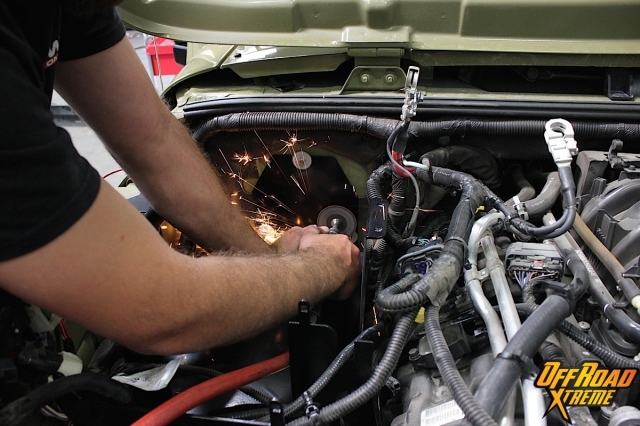
We ground down the nuts to prevent them from damaging the batteries once they were fully installed. A set of supplied caps would cover what remained of the nuts.
On to the installation proper, we put the new tray into its proper place and secured it with the nuts and bolts we used previously. We ground down the excess threads on the bolts to keep them flush with the nuts and then used the supplied caps to prevent damage to the batteries. The cut-off piece of the stock air box mount, as well as the power steering reservoir, were reinserted and installed with two 10mm bolts. It was then just a matter of replacing everything that had been taken out in the removal stage, such as the air filter, crankcase ventilation tube, fuse/relay box, evap solenoid, and so on.
The Optima batteries were situated lengthwise inside the tray, where they fit quite snugly. The one nearest the firewall, the cranking battery, would have its posts pointing near the firewall, while the accessory battery would face the opposite direction.
From left: the batteries are seated in the tray; the battery tray top is installed but not yet wired up.
On went the top plate, and the wiring was done in a few minutes. We would have to wait to see how the winch would perform later, but starting up the Jeep was a piece of cake, so we were pleased to see that everything thus far was in working order.
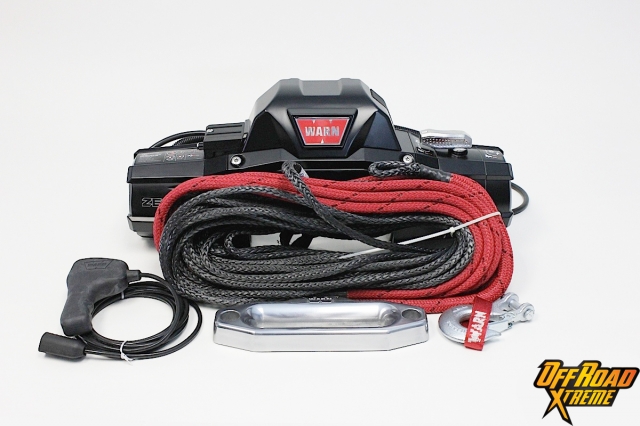
Warn’s Zeon 8-S comes in a black powder coat and stainless steel fasteners to keep it looking great for years to come.
The main benefiting party of the dual battery setup would be the Warn Zeon 8-S winch (p/n 89305), an 8,000-pound rated extractor that would definitely come in handy for the more difficult journeys into unknown territory. With its heat-dissipating brake and smooth planetary gear train, the Zeon 8-S can speak for itself when the going gets rough.
We started the installation by seating the winch into the Poison Spyder JK Brawler Lite Front Bumper with Brawler Bar (p/n 17-59-010-b). We set the flanged nuts into the pockets of the winch feet, then set the winch in place with Warn-recommended 32mm-long bolts.
Next, we set the clutch into the free spool position and began feeding the nylon cable into the fairlead and onto the drum. Holding the cable taut and moving side to side as it was fed along, we were able to get a nice and even wind on our first try.
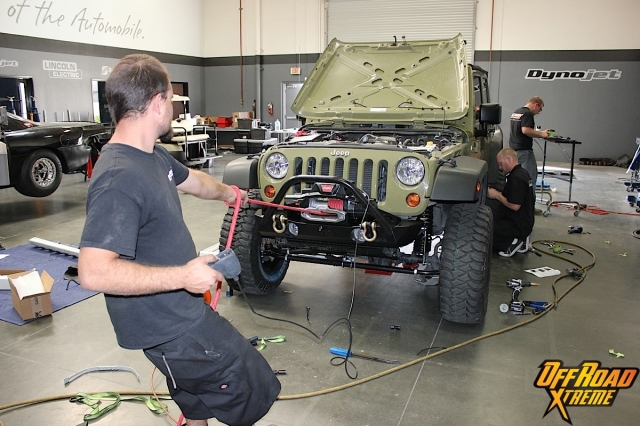
We fed the tight winch line into the fairlead and onto the drum to complete the winch’s installation.
We then attached the hook to the the cable loop, along with the hook strap. The hook was secured to the D-ring already mounted to the bumper, and the winch was set for the day.
Practical Scenarios
The Genesis battery tray and Warn winch were enough to deal with sticky situations, but recovery is more than what the magic of electricity can do to get your ride unstuck. Sometimes, it has to be another four-wheeling buddy of yours and his rig that get the job done.
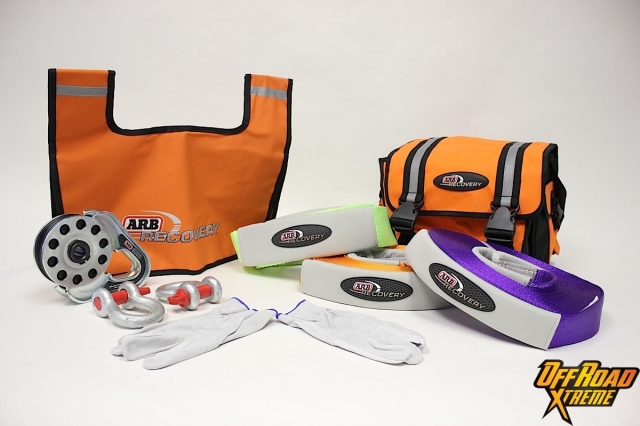
The ARB Premium Recovery Kit comes packed with a snatch block, gloves, D-rings, three sizes of recovery straps, recovery damper, and more.
For those situations, it comes down to good old-fashioned recovery straps, trail jacks, and lots of BST (blood, sweat, and tears). Luckily, our friends at ARB and Hi-Lift were able to take care of those first two requirements, with their respective Premium Recovery Kit (p/n RK9) and 48-inch X-Treme Jack (p/n XT-485PC).
Packaged inside the ARB kit was a Recovery Bag (Large), a 17,500-pound 30-foot Snatch Strap, a 26,500-pound 10-foot Tree Trunk Protector, a 9,900-pound, 66-foot winch extension strap, a recovery damper, a pair of leather gloves, two 10,640-pound D-shackles, and a Snatch Block 9000. The Hi-Lift jack was a multitool all its own, which we’ll get into later on in this article.
Winches
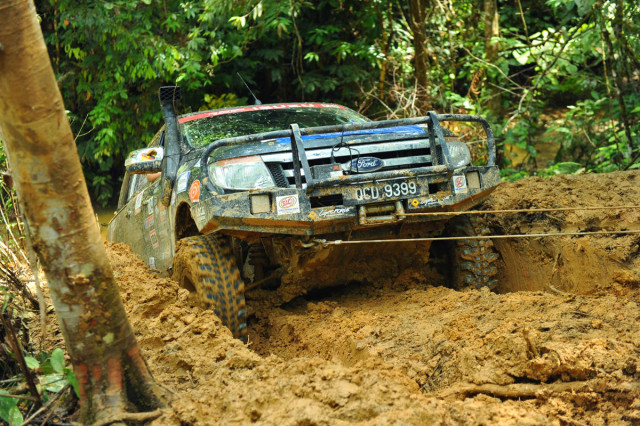 First off, let’s start with the winch. Electric and available in tons of configurations and load ratings, the winch can best be selected by using Warn’s formula: “We recommend you take the gross vehicle weight of the intended application and multiply it by one and a half,” said Steve Schoenfelder, who serves as technical support for international distributors for the company. “For most vehicles, that will be between nine and twelve thousand pounds, but we can accommodate up to sixteen thousand pounds for the bigger guys.”
First off, let’s start with the winch. Electric and available in tons of configurations and load ratings, the winch can best be selected by using Warn’s formula: “We recommend you take the gross vehicle weight of the intended application and multiply it by one and a half,” said Steve Schoenfelder, who serves as technical support for international distributors for the company. “For most vehicles, that will be between nine and twelve thousand pounds, but we can accommodate up to sixteen thousand pounds for the bigger guys.”
Sgt. Rocker, which sits at around the 5,000-pound mark, makes that number 7,500 pounds; well-suited to the Zeon 8-S we installed, which can handle up to 8,000 pounds.
When using a tree or rock to secure the winch cable, the object should be thick and durable enough to withstand the weight being placed on it. And in line with our beliefs of treading lightly in OHV recreation, we always advise carrying a tree saver strap to use with a D-ring, which the winch cable’s hook will link up to. Sgt. Rocker was able to have fun and respect Mother Nature thanks to Bubba Rope’s 10-foot Tree Hugger tree trunk protector (p/n 176000-OR).
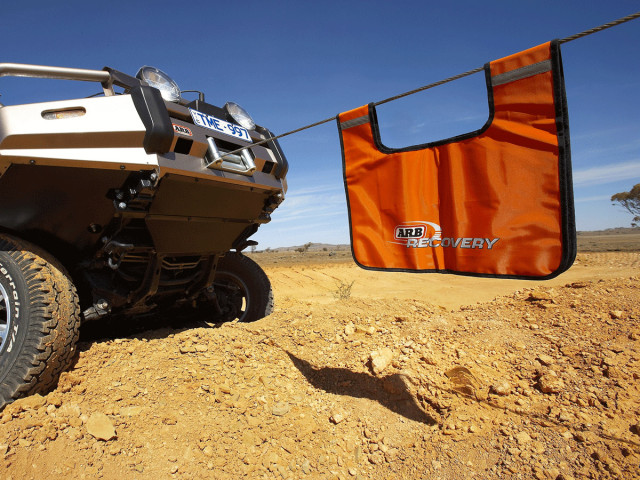
A weight on the winch cable, such as the ARB example here, will serve to negate the whiplash effect of a taut line should a snap occur.
During application of a winch, a fully-tensed cable is not something you want to disregard. That’s why it’s advisable to prop up the hood to add an extra layer of protection, should the cable snap and whiplash toward your cabin.
“You should also use a winch damper on on the cable, doesn’t matter if it’s wire or synthetic,” said Schoenfelder. “Blankets, floormats, or even a heavy jacket will work.”
Snatch blocks, which act as pulleys for your winch, are a quick and reliable way for off-roaders to not only gain more traction and compound force, but also negotiate difficult situations. Such a situation might occur where a vehicle is stuck in a narrow canyon on an incline, or at a 90-degree angle where the cable could catch on a piece of rock and get damaged.
In this case, a snatch block, combined with a tree saver strap, can move the cable out of the way of obstructions while still performing as intended. For this reason, we consider the snatch block a must-have tool to bring on the trail.
Recovery Straps & Ropes
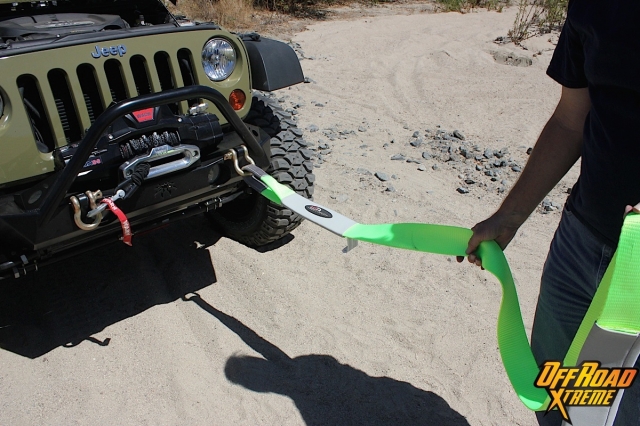
The ARB 10-foot recovery strap, seen here secured to a D-ring on the front bumper, is awaiting attachment to the other vehicle.
Along the same lines as the cable-drawn winch, recovery straps and recovery ropes act as affordable, if less versatile alternatives, but they should always be your first consideration for extraction purposes. This is due to the relative ease with which they can be deployed, where the hassle of freespooling and retracting winch cables can be time-consuming and frustrating.
Recovery Checklist
To help you make the best choice for a recovery situation, take a minute and go through this questionnaire:
- Is the stuck vehicle damaged? Broken?
- Does the stuck vehicle have sturdy, accessible tow points?
- Which route provides the path of least resistance (and damage) to the stuck vehicle?
- How heavy is the stuck vehicle? If applicable, how heavy is the tow vehicle?
- Is the situation urgent (two wheels hanging off of a cliff edge) or non-urgent (stuck in mud)?
Recovery ropes, on the other hand, function on the principle of potential (stored) energy in the rope. Person A has his 4×4 stuck in the mud, and is hooked up to Person B, who is on firm ground with good grip.
Person B will drive out several feet from the initial point of tension to create enough energy in the rope, such that the force is multiplied on Person A’s vehicle, and the mud has no choice but to give way to the rope’s tension, amplified by the torque from Person A’s rig. Sgt. Rocker’s rucksack carries both of these items, first with the ARB Recovery Kit’s recovery straps, and second with Bubba Rope’s signature “Bubba” 30-foot rope (p/n 176680RDG).
Trail Jacks
Last but not least, we have trail jacks. With these simple tools, there’s more than meets the eye when it comes to applications, well beyond simply changing tires. Our Hi-Lift Xtreme Jack, the most rugged option offered by the company, comes prepped for regular use as a clamp, winch, lift, and spreader tool.
What Lies Ahead
With the proper tools and techniques, extraction is elementary. Your day isn’t ruined by having a stuck vehicle. But greater than all of these pieces of recovery equipment is one utensil we haven’t mentioned: common sense. If something looks dangerous or impractical, nine times out of ten, it is. If you can, always bring a buddy to the outback, and please, for the love of God, never pilot your vehicle under the influence of alcohol or other “controlled” substances. From all of us at Off Road Xtreme, stay safe and happy trails!



